Illness, like death, is society’s greatest leveler, and so the news that King Charles of the United Kingdom had been affected by cancer led to an outpouring of sympathy and compassion that few other circumstances might prompt. Since he came forward earlier this year to share his diagnosis, Charles — sometimes seen as a remote and inaccessible figure, especially when Prince of Wales — has acquired a universality and straightforwardness that may have been present before, but was largely concealed beneath protocol and a quick temper. Now, he has acquired the common touch.
It was this accessibility that was on full display today as he visited the Macmillan Cancer Center at University College Hospital. Earlier it was also announced by Buckingham Palace that, appropriately enough, he has become the new patron of Cancer Research.
The open way in which Charles has dealt with the necessary revelations about his illness has done him a lot of credit
Charles has been away from public duties for the past three months. While, inevitably, rumors have circulated as to the severity of his illness during his absence, he has continued to work diligently behind the scenes, albeit with some restrictions imposed upon him by the inevitable demands of his treatment. Yet a brief walkabout on Easter Sunday did much to reassure the public that he was in better fettle than some might have suggested.
Today’s visit — the first public duty Charles has undertaken since last week’s announcement that his doctors are now happy for him to recommence a limited program of engagements — had enormous value, both symbolic and practical. Although the ostensible purpose of his visit was to find out more about and draw attention to a project called Tracerx, a new system designed to spot early symptoms and signs of cancer and treat it swiftly, everybody will be fully aware that the symbolism of the King’s first outing taking place here is irresistible.
Charles is by no means recovered. His treatment is continuing and his public program, while beefed up, will still be light in comparison to what he would have expected to undertake in other times. But his presence out and about will be an immensely cheering one for anyone who has an iota of human sympathy — whatever your views on his regal status. This year, we have seen as much of Charles the man as Charles the king. The straightforward, open way in which he has dealt with the necessary revelations about his illness has done him an immense amount of credit.
His easy and natural interactions with cancer patients today were, ironically enough, reminiscent of his former wife’s facility with meeting members of the public stricken with illness, demonstrating a skill that he may not have possessed before. The looks of mingled pride and (inevitable) concern on the queen’s face said a great deal about the difficulties that they have faced together over the past few months, and will continue to face. The appearance of his younger son in Britain for the Invictus Games next week will offer another kind of difficulty, too. It has already been briefed, perhaps understandably, that the king will be too busy to see Prince Harry, although who knows whether this will change at the last minute.
The King and those around him are undergoing a long and difficult process of recovery from a dreadful illness, the final outcome of which still remains uncertain. But at least, judging by today, they are equal to the challenge.
This article was originally published on The Spectator’s UK website.



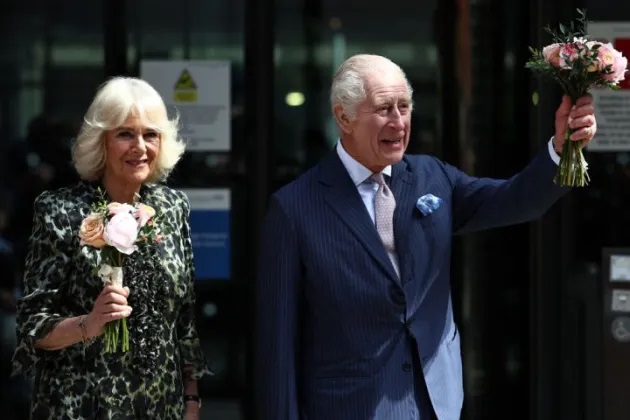










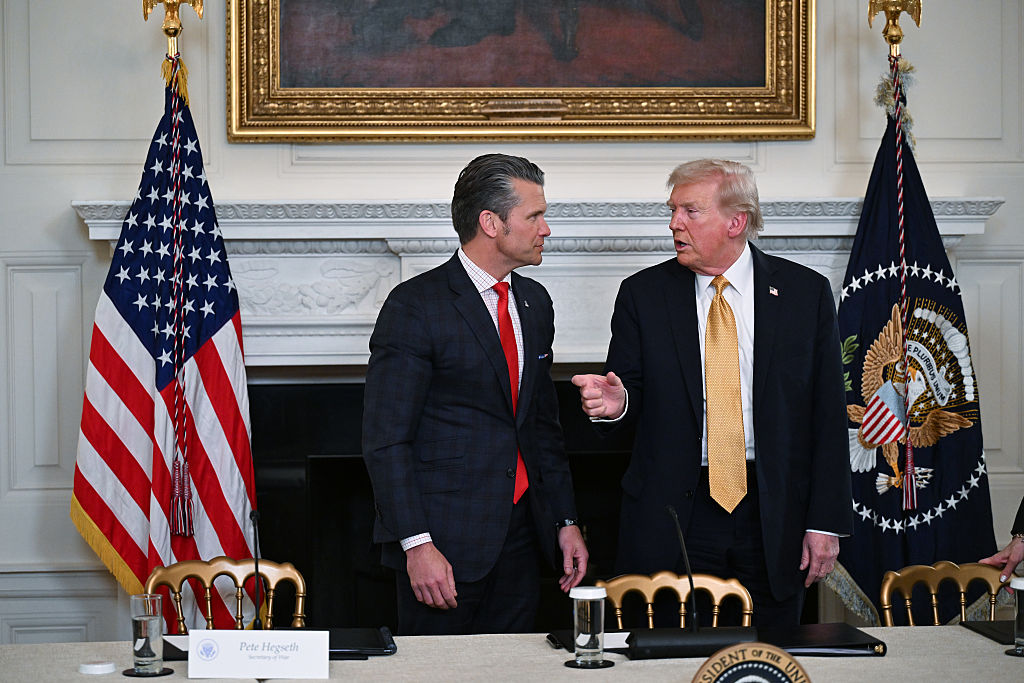
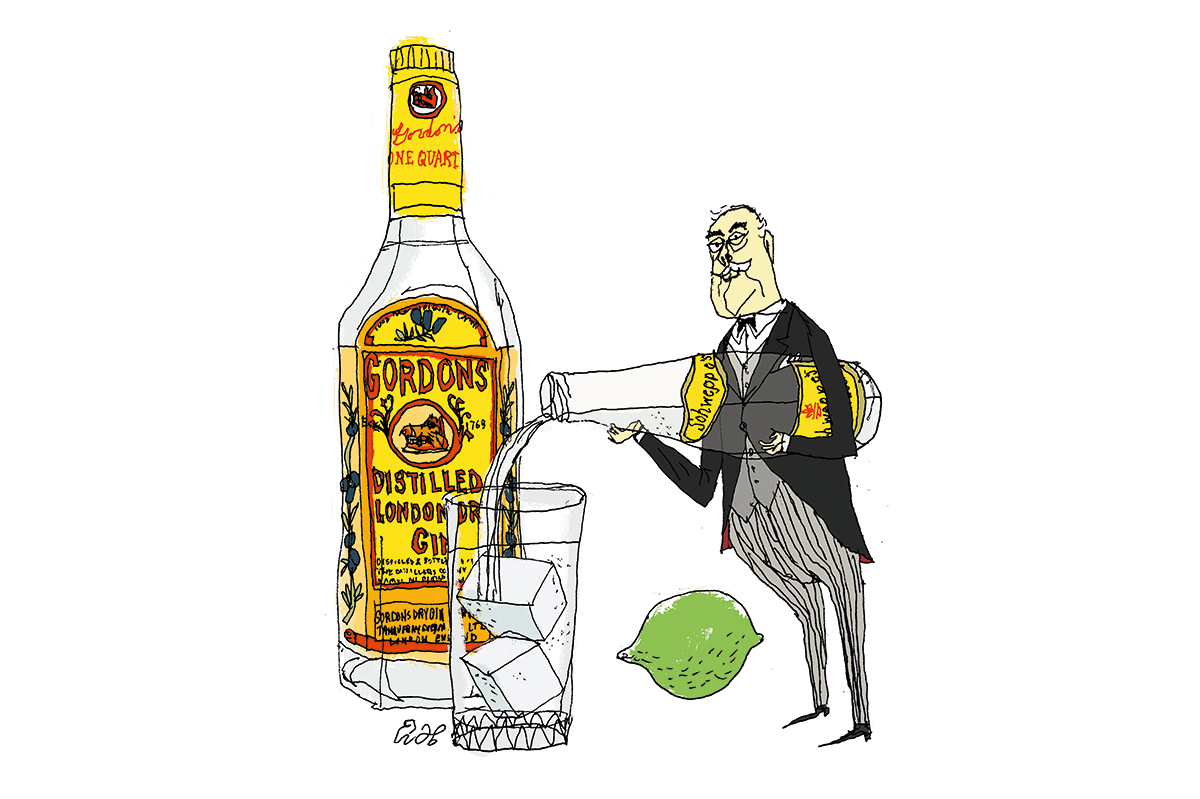
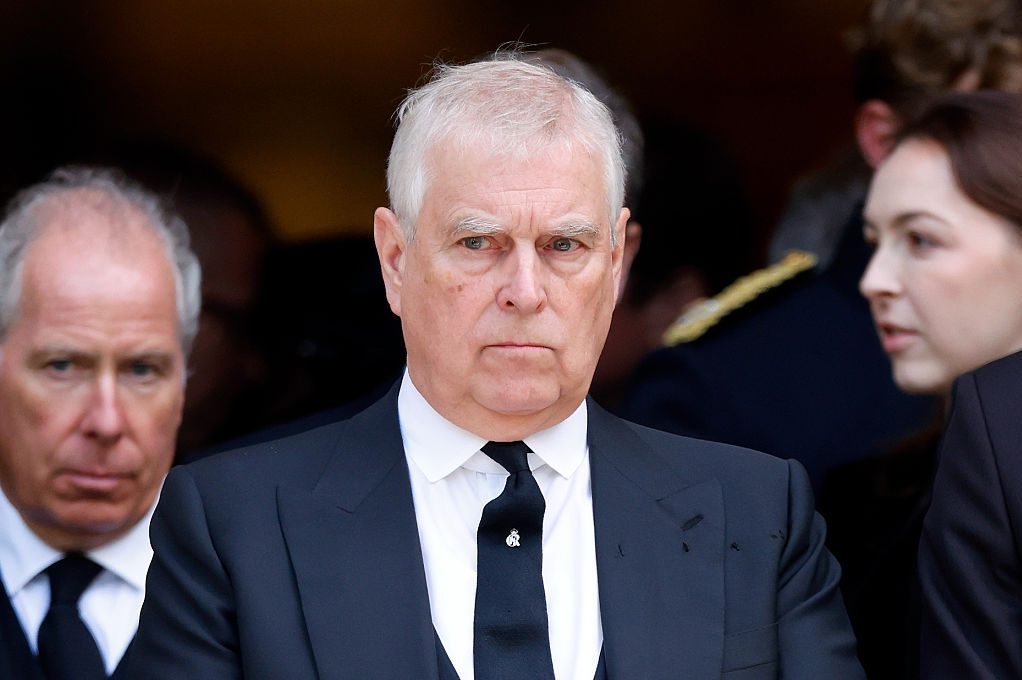
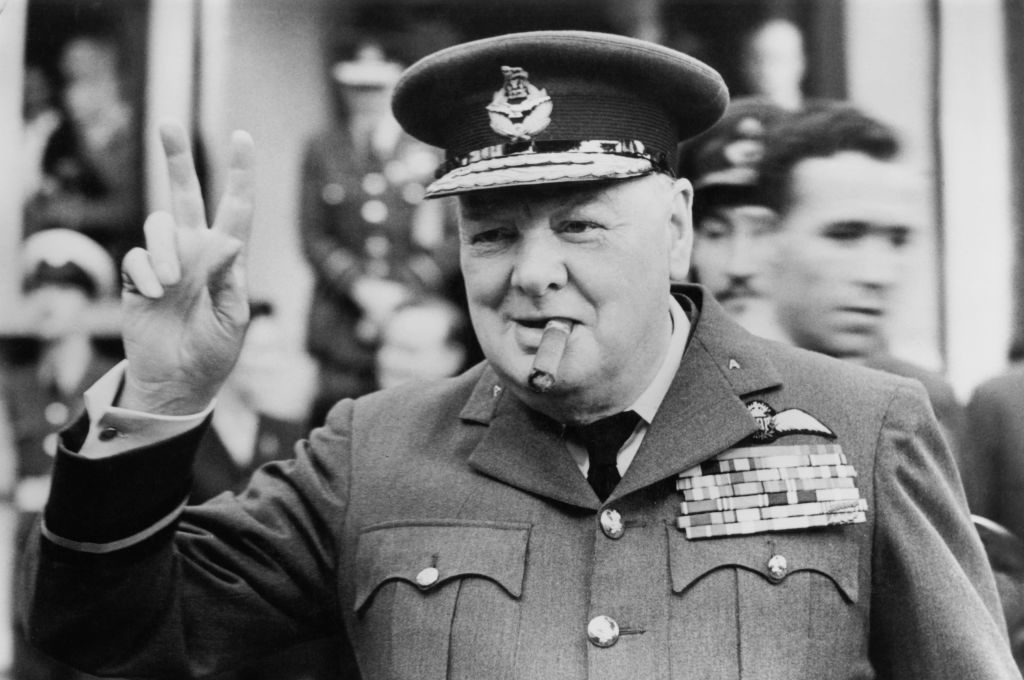
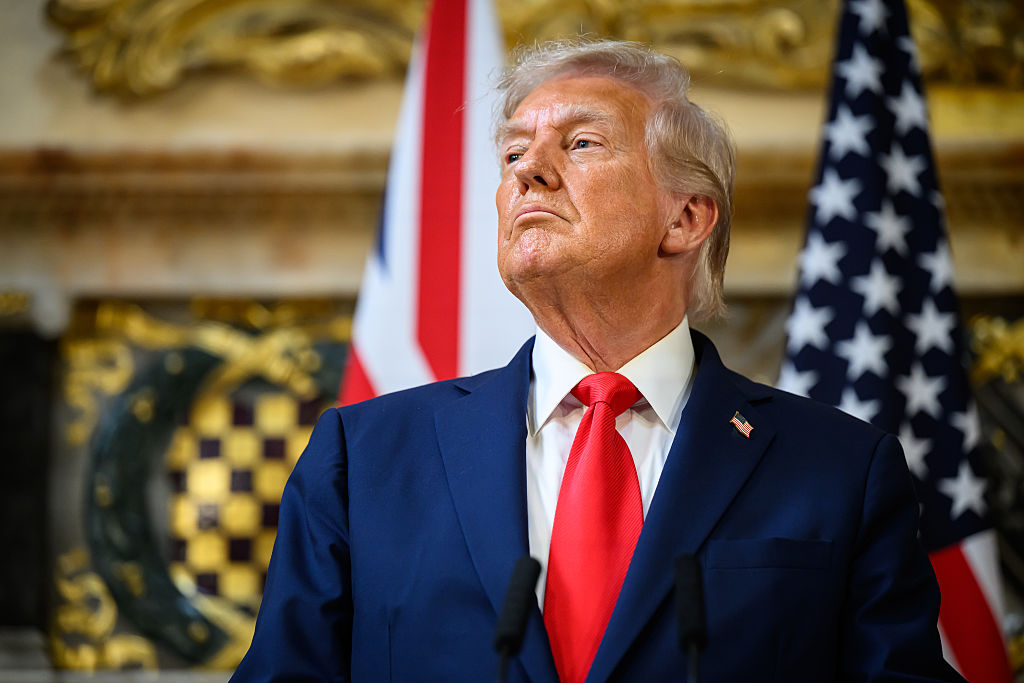







Leave a Reply